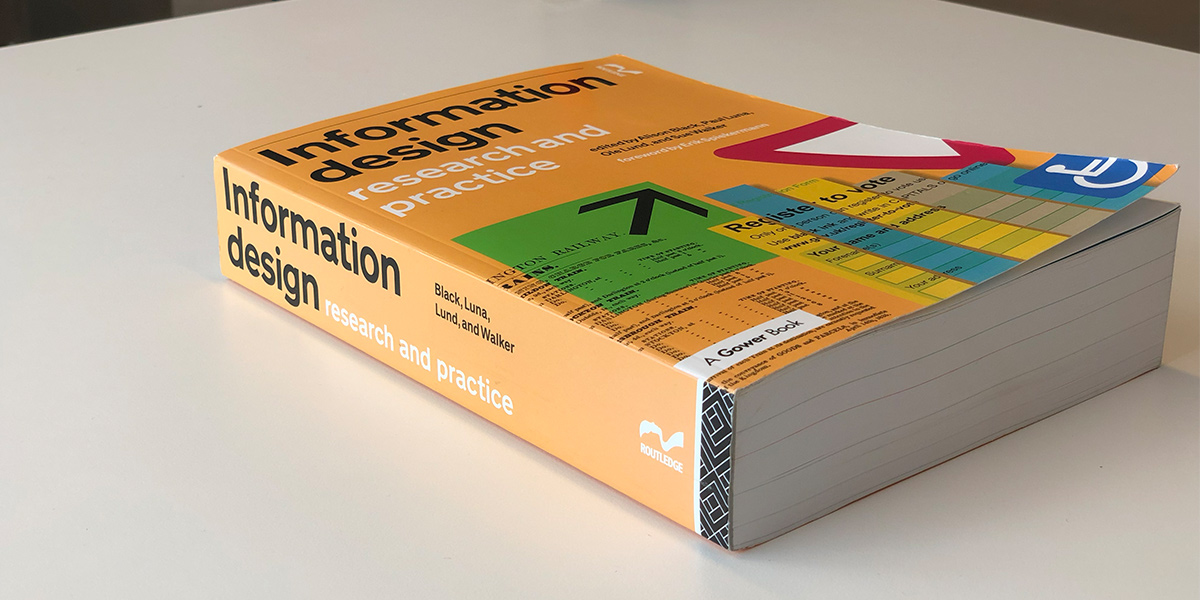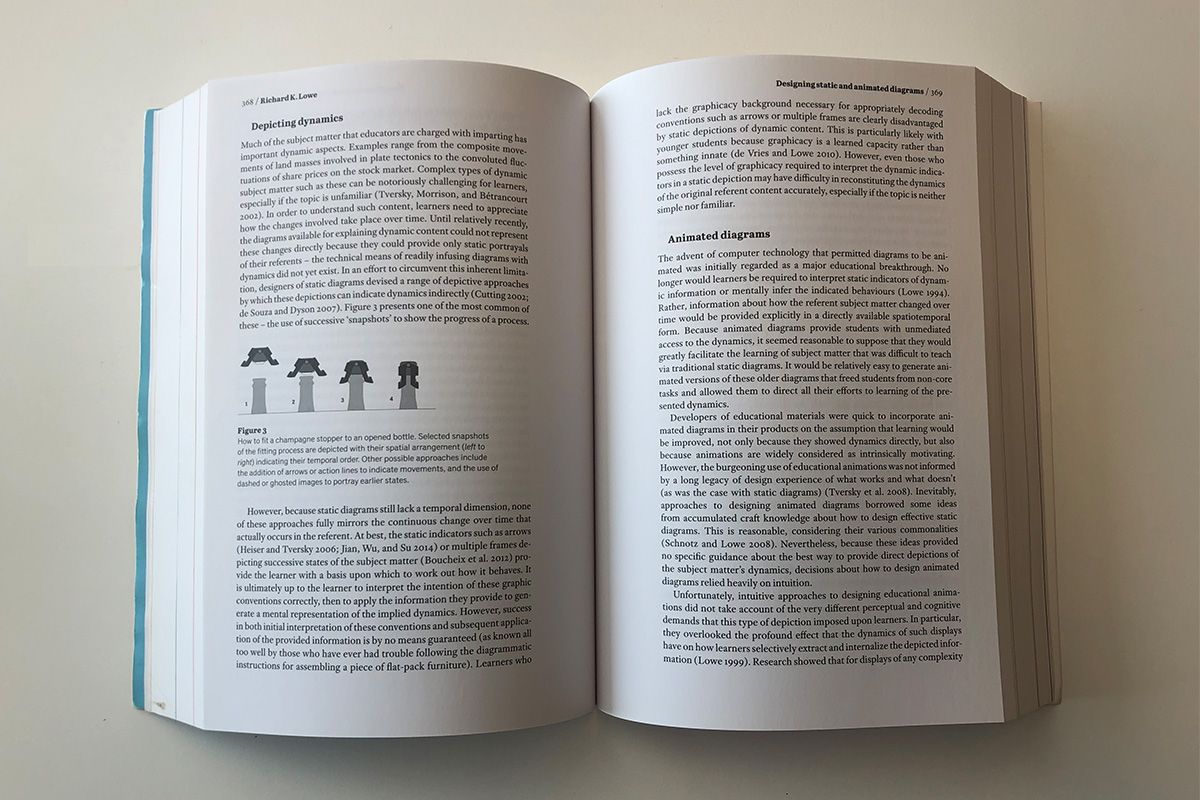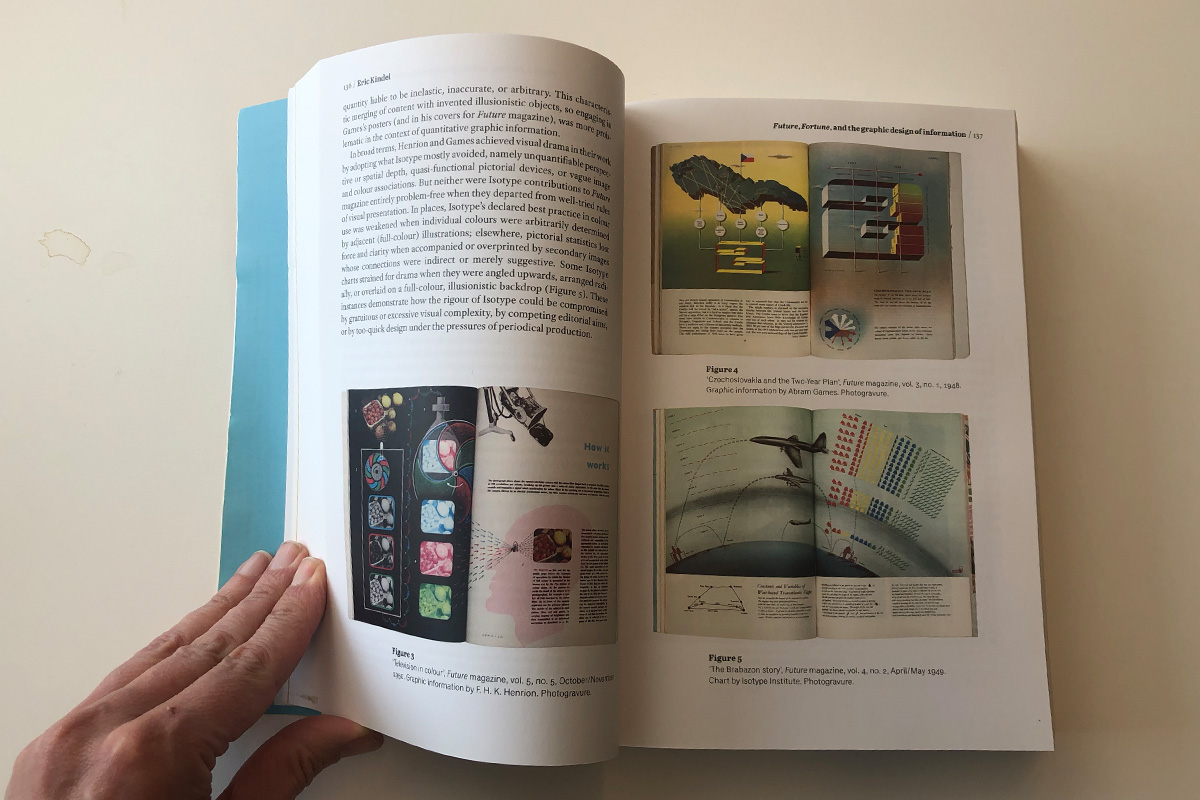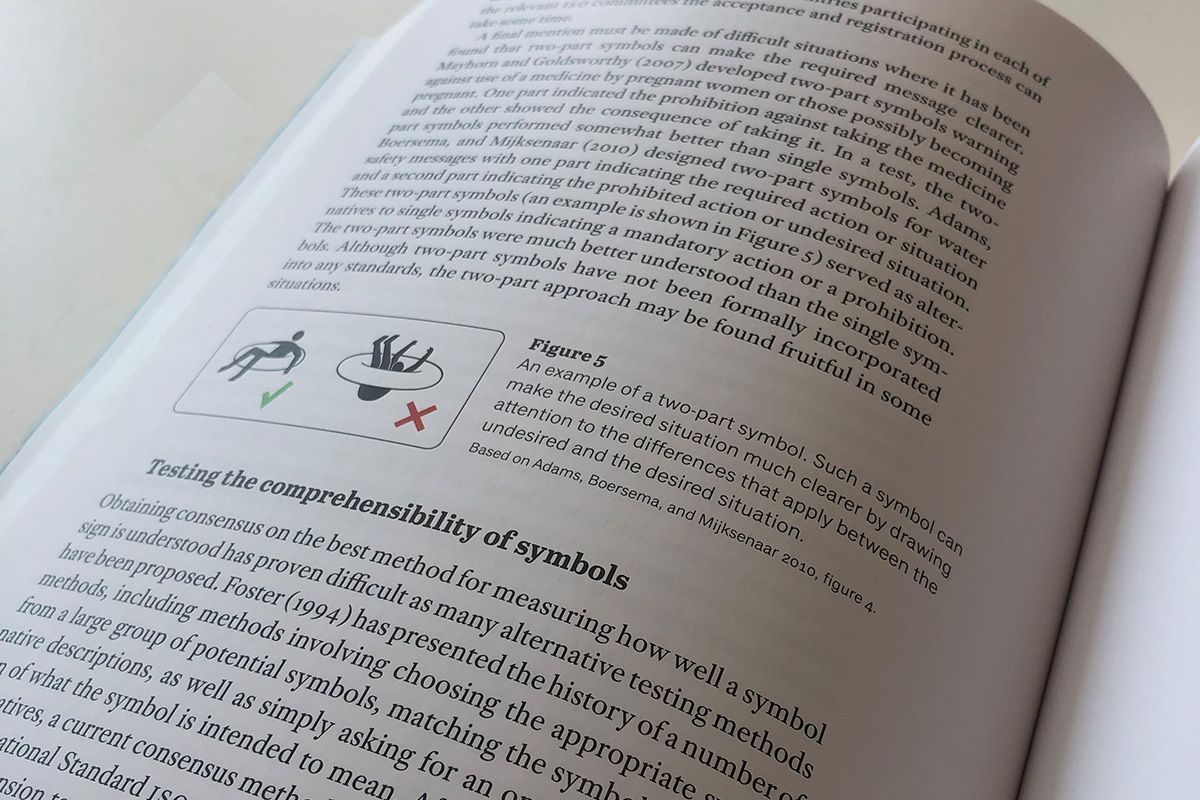Information design: Research and Practice
Information design is a way of visually presenting information for an efficient and effective understanding of the information.

Information design is used in many applications, forms and means of expression. Often in relationship with multidisciplinary design aspects to communicate information to people and environments.
Information design
The book Information Design: Research and Practice by Alison Black, Paul Luna, Ole Lund, and Sue Walker is one of the most complete works around information design.
The book covers everything related to information design from wayfinding, map reading, form design, layouts to instructions. This book combines design theories and methods with professional practical case studies from leading information designers around the world.
The book has 4 main parts each with sub-chapters on topics related to the main part. Each chapter is well written and illustrated to research, explain the topic.

Part 1: Historical perspectives
A brief overview of early visualizations of historical time. The invention of statistical graphs. Ship navigation and the history of technical and scientific illustrations. The history part continues with Isotype for information design. And Marie Neurath about designing information books for young people. This part closes off with documents, graphics and text about the history of information design.
Part 2: Theoretical approaches
This part shapes the mind for graphic literacies for a digital age. With a visual rhetoric in information design for multimodality and genre. Interesting chapters in this part are about Interactive information graphics and Social and cultural aspects of visual conventions in information.This part closes off with in-dept research about Textual reading on paper and screens. And how to apply science to design.

Part 3: Cognitive principles
This part goes deeper into understanding information design. Whereas chapters cover topics such as:
- Does my symbol sign work?
- Icons as carriers of information
- Warning design
- Diagrams Chapter
- Designing static and animated diagrams for modern learning materials
- Designing auditory alarms
- Design challenges in helping older adults use digital tablets
- On-screen colour contrast for visually impaired readers
- Contrast set labelling
- Gestalt principles
- Information design research methods
- Methods for evaluating information design
- Public information documents

Part 4: Practical applications
The last part of this extensive work focusses more on design elements and sorting of information. All of the following chapters are interested if you are into wayfinding, urban design and information design in general.
The topics include: Choosing type for information design and how to design Indexing and information design. Interesting research about when to use numeric tables and why covers on how to communicate the information in a effective way for complex and large data sets.
For wayfinding the next chapters give insights on the following topics:
- Wayfinding perspectives
- Designing for wayfinding
- The problem of ‘straight ahead’ signage
- Park at your peril
- Indoor digital wayfinding
- Visualizing storyworlds
- Exhibitions for learning
- Form follows user follows form
The final part resumes on information design & values which explains the LUNAtic approach to information design.
The importance of information design in healthcare and medical information is explained and researched in the following chapters:
- Information design as a (r)evolutionary educational tool and
- Design + medical collaboration
- Developing persuasive health campaign messages
- Information design in medicine package leaflets
- Using animation to help communication in e-PILs in Brazil
- Medical information design and its legislation
For who is this book?
This is such an excellent resource. Covering the complete field of information design and its multidisciplinary aspects of it. Also referred as the Bible for Information Design.
This book is for everybody who wants to learn more about concise and comprehensive information design. How to design for complex applications, how to sort information, what to show and what not to show, and at what time.
From graphic design students to experienced designers, there are things to learn from the book.
Key take-aways include history of information design, understanding the theories behind information design and how to improve the way to communicate from simple to complex topics in a visual way.
Conclusion
The book is carefully researched and put together, a true bible for information design. A recommended buy if you are into learning more about information design, graphic design, wayfinding and structural layouts and design strategy.
There could be somethings said about the consistency of writing throughout the book, although it didn’t bother me while reading topics. From my person experience, I am reading topics upon required to learn something about a topic in information design.
Information
- Publisher: Routledge
- Language: English
- ISBN: 9780415786324
- Softcover, 766 pages